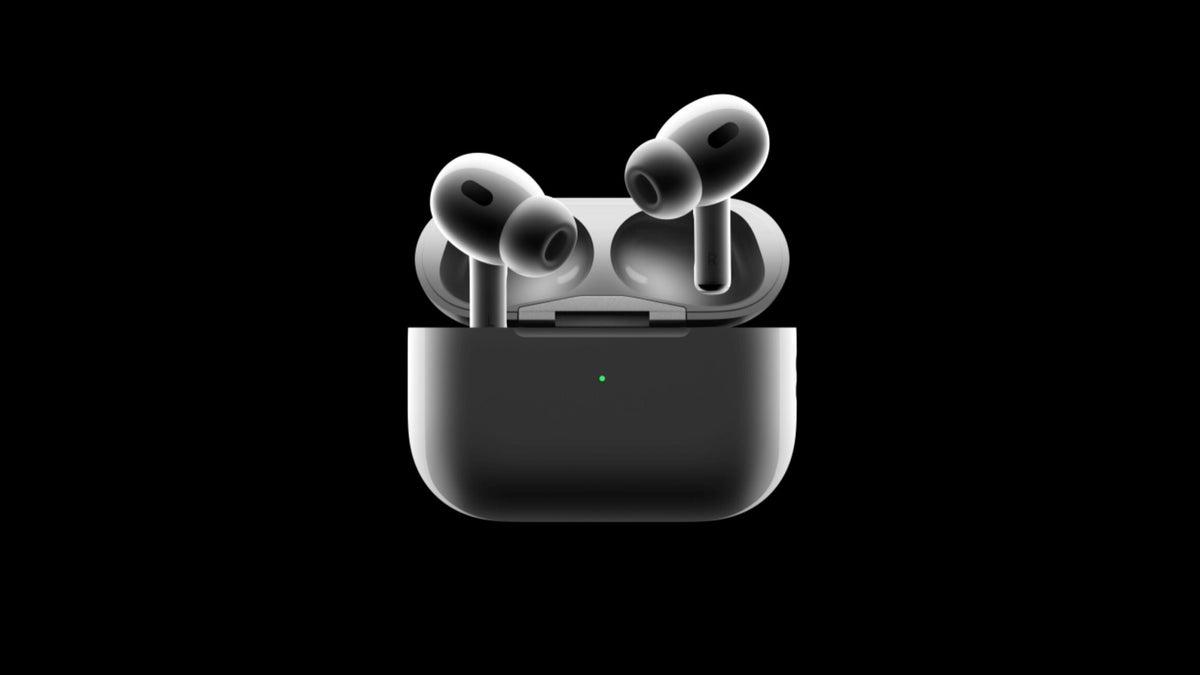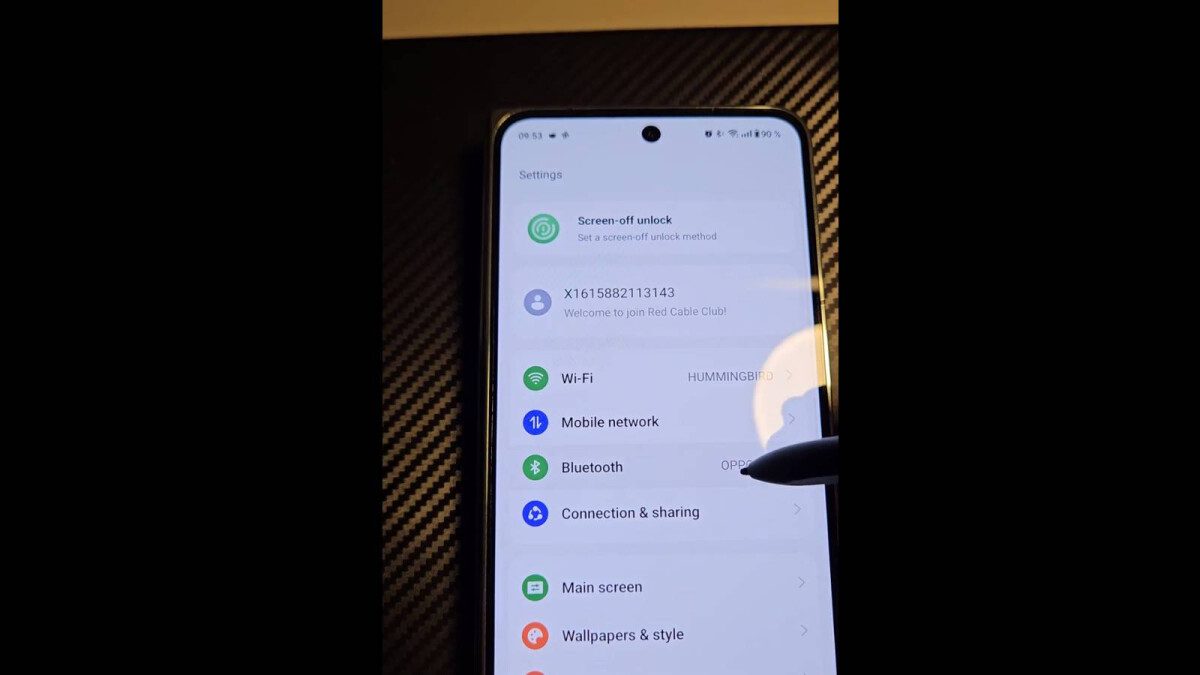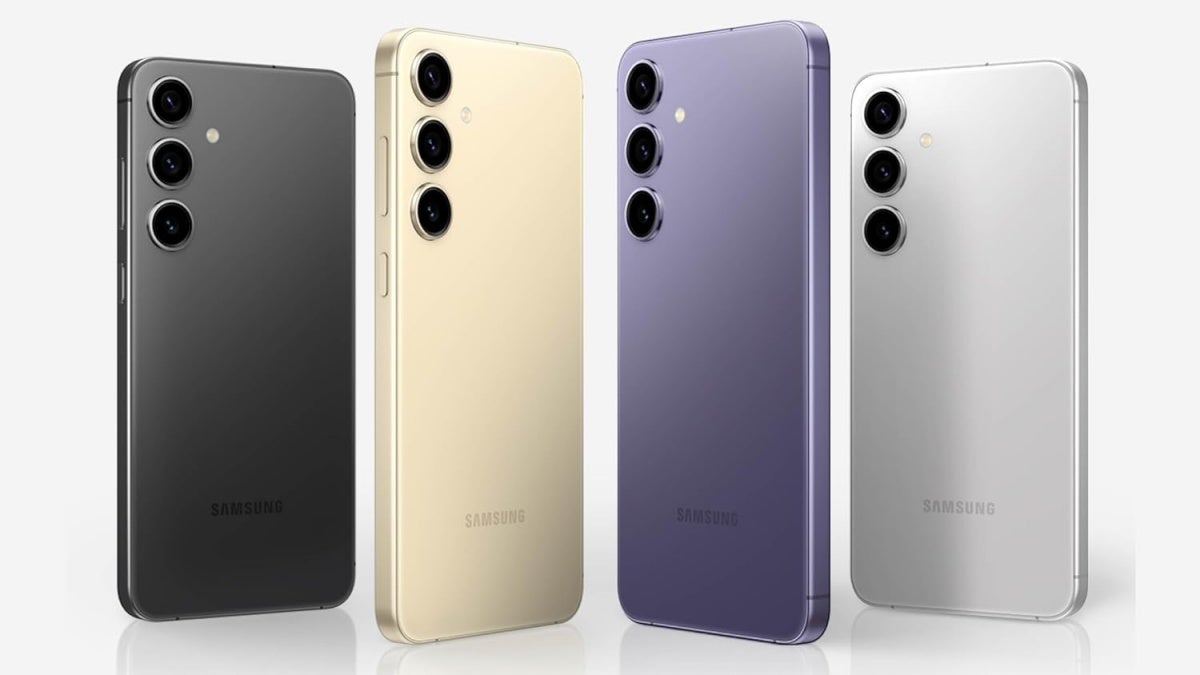When Google Chrome’s Incognito mode is enabled on your phone, it means that none of your browsing history or information entered into forms can be seen by someone who has access to your device or shares the device with you. So if you have been looking online to buy a present for a relative, the sites you visited cannot be discovered. Google is about to settle a class-action suit that involved Incognito mode for $5 billion and it accused Google of committing privacy violations. Now, the company is revising the disclaimer that appears when Incognito mode is used on Chrome to allow Android users, Windows users, and others to understand that their personal data can still be collected by Google and others even when browsing the web in Incognito mode.
Google has made a key change to the first paragraph of the Incognito mode disclaimer. That Google and others can still collect your data while you’re in Incognito mode isn’t made clear with the current warning. And just because you have Incognito mode enabled, you can still be tracked by websites or internet service providers. According to MSPoweruser, in the unstable Chrome Canary beta app (which is updated nightly), Google made some changes to the first paragraph of the aforementioned disclaimer that appears when you enable Incognito mode.
The current disclaimer starts by saying, “You’ve Gone Incognito. Now you can browse privately, and other people who use this device won’t see your activity. However, downloads, bookmarks, and reading list items will be saved.” The revised version found on Chrome Canary reads, “You’ve Gone Incognito. Others who use this device won’t see your activity so you can browse more privately. This won’t change how data is collected by websites you visit and the services they use, including Google. Downloads, bookmarks, and reading list items will be saved.”
Let’s look at the changes in the paragraph again. The current disclaimer says, “Now you can browse privately, and other people who use this device won’t see your activity. However, downloads, bookmarks and reading list items will be saved.” The revised version on Chrome Canary reads, “Others who use this device won’t see your activity, so you can browse more privately. This won’t change how data is collected by websites you visit and the services they use, including Google. Downloads, bookmarks and reading list items will be saved.”
The revised disclaimer is admitting that enabling Incognito mode won’t change how your data is collected by the sites you visit and by Google and that’s a rather stunning admission. While the current disclaimer doesn’t mention it, the revised version makes it clear that enabling Incognito mode doesn’t make you invisible to third-party trackers and Google. Had Google made this clear before, perhaps it wouldn’t have settled the previously mentioned class-action suit for $5 billion since the suit accused Google of using analytics, cookies, and other tools to track their browsing histories along with device data, and the content of webpages visited even with Incognito Mode enabled. Now, Google is making it clear that this kind of activity takes place when Incognito mode is enabled.
To use Incognito mode, when you have the Chrome app open, tap on the three-dot icon (on Android) in the top right of the screen, or the profile icon (on iOS) on the right side of the search field and tap on New Incognito tab. From that point forward, use the Chrome browser like you usually would. When your browsing session is over, you can tap to disable the Incognito mode.












